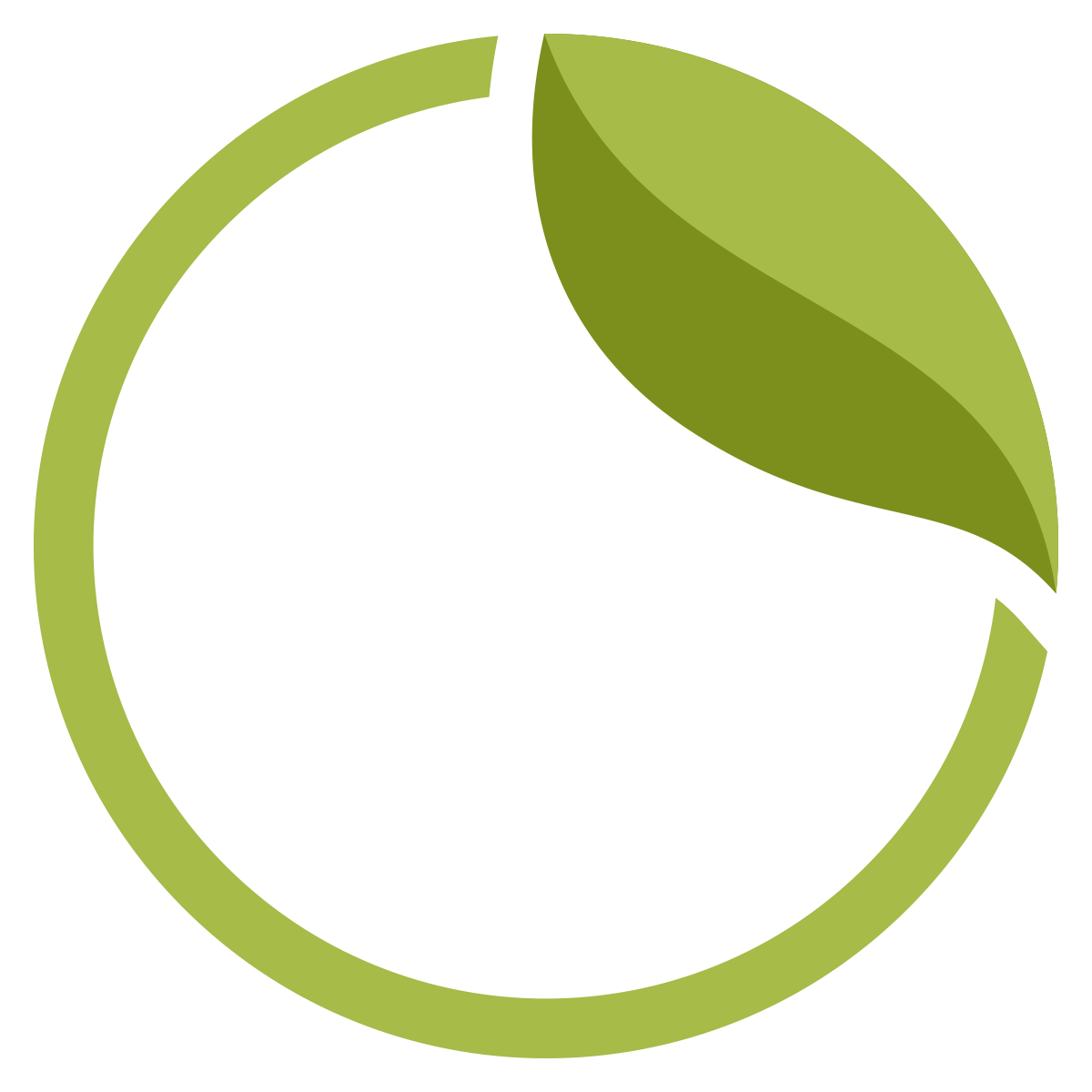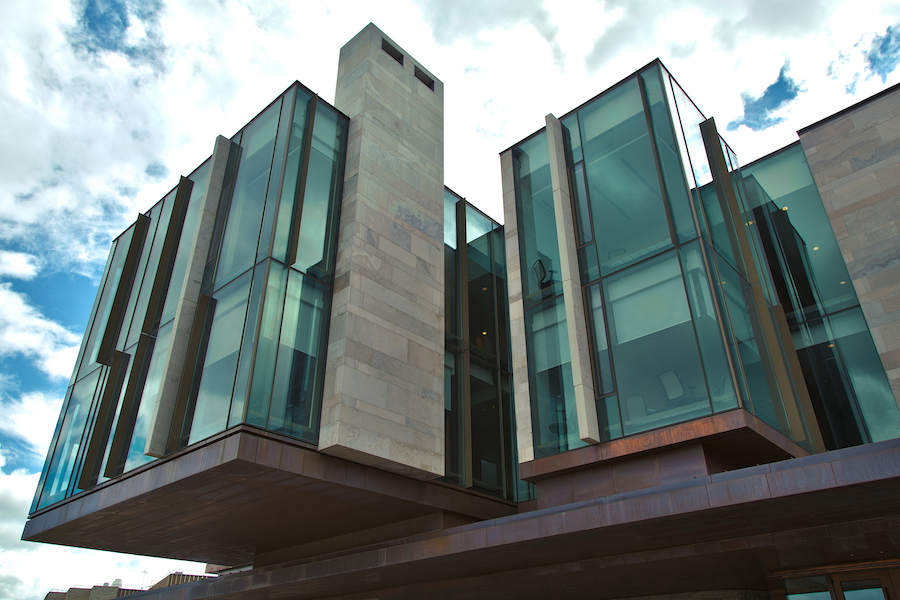Planned Sustainability Initiatives for 2025
Each year, the Sustainability Task Force will identify a new set of priority projects based on community input and operational needs. We will also report to the community on the progress of the previous year’s initiatives, including how successful projects will be sustained and embedded into our ongoing practices.
Together, we’re building a culture of continuous improvement – where small, collective actions can drive meaningful change.
| Identified Projects/Activities for F2026 |
|---|
|
|
|
|
|
|
|
|
|
|
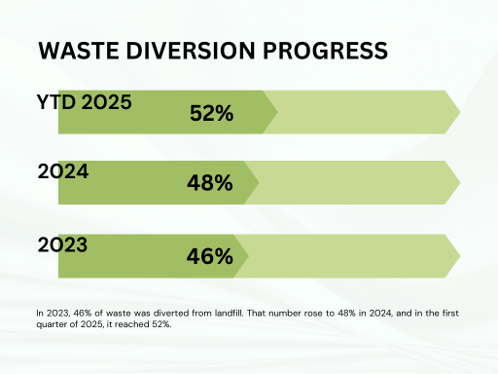
Yes, Your Sorting Makes a Difference
The Ivey Building has steadily improved its waste diversion efforts over the past three years. In 2023, 46% of waste was diverted from landfill. That number rose to 48% in 2024, and in the first quarter of 2025, it reached 52%.
We know there’s skepticism about whether waste is actually sorted and diverted – but the data is clear: your efforts are making an impact. When you place containers, organics, and paper in the right bins, that material is processed separately and kept out of landfill.
Your participation matters. Together, we’re reducing waste and strengthening our commitment to sustainability.
The Gold LEED® Richard Ivey Building
Ivey Business School’s inspiring Richard Ivey Building at Western University incorporates more than just state-of-the-art architectural design. Thanks to a generous $8-million gift from the Richard M. Ivey Family, it also integrates the best in green building, design, and construction, which contributes to the community’s productivity and well-being.
The facility has achieved Leadership in Energy and Environmental Design (LEED®) certification from the Canada Green Building Council. LEED® is a rating system that is recognized as the international mark of excellence for green building in more than 132 countries. LEED® recognizes that sustainability should be at the heart of all buildings – in their design, construction, and operation. While LEED® Silver is the minimum standard for new buildings at Western University, Ivey received LEED® Gold certification, which is a consistent standard to expect from a leading-edge organization.
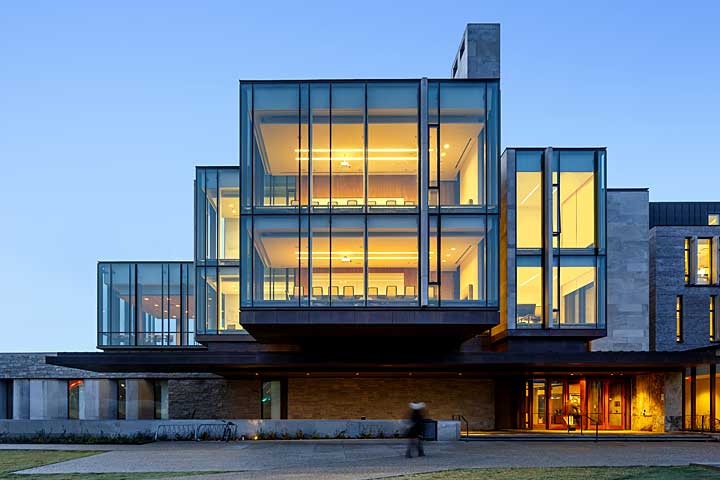
Sustainable Sites
Addressing environmental concerns outside the building is as important as the green features inside. The building is surrounded by major bus routes and its parking lot offers preferred parking for carpoolers and ample room for bicycle storage. This is all in an effort to encourage alternative transportation.
Additionally, outdoor lighting is designed with nocturnal environments in mind. The system minimizes light from spilling to surrounding areas. Glare-reduction features create optimal nighttime visibility.
Innovation in Design
Reducing the building’s water consumption is an important cost-savings and environment- protecting measure. Water-efficient washroom features, including a cistern and piping system that allows rainwater to flush toilets, reduce potable water use by 58 per cent. The building’s surrounding landscape has drought-resistant vegetation and does not require a permanent irrigation system, which eliminates the need for potable water irrigation on the grounds.
Our cleaning program is designed with the health of the community and environment in mind. The building has a green housekeeping program, which uses only safe and environmentally-friendly products.
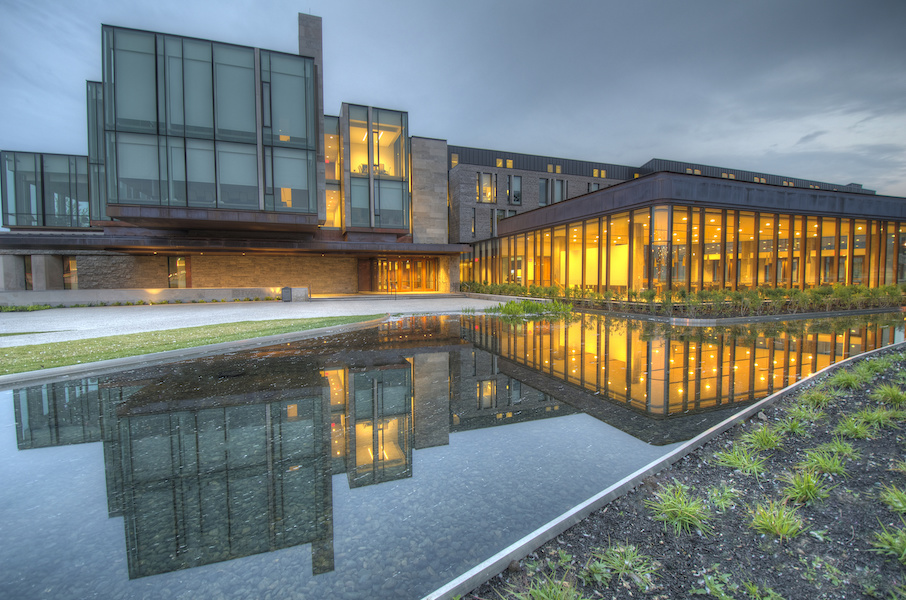
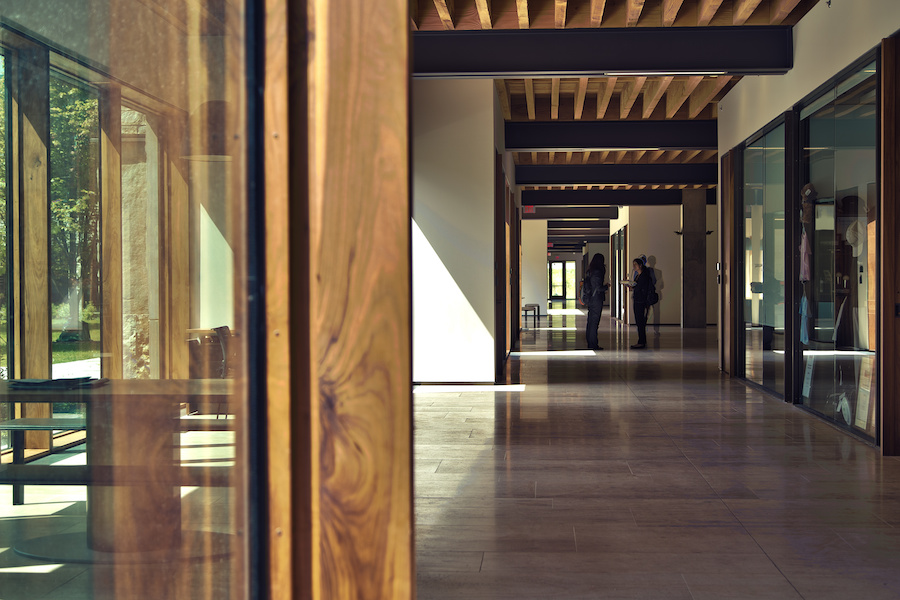
Indoor Environmental Quality
When the Richard Ivey Building was built, all adhesives and sealants; paints and coatings; and carpet, composite wood, and laminate adhesives were low-emitting materials that gave off little or no VOCs (Volatile Organic Compounds). Daylighting is used in approximately 75 per cent of the occupied space with skylights bringing natural light to the second and third floors, and glass enclosures bringing in natural light to areas like the J J Wettlaufer Dean’s Suite.
Energy and Atmosphere
Conserving energy resources leads to a cleaner, healthier environment. The building’s equipment does not contain hydrochlorofluorocarbons (HCFCs), a harmful ozone-depleting pollutant. Design of the building’s Love Family Quadrangle has a two-pronged impact on water efficiency and energy reduction. Its sloping roofs collect rainwater, which feeds the nearby reflecting pool. Water evaporating from the pool cools the outdoor air before it is supplied to the air-handling system, further reducing the building’s energy use. It is one of the key components that makes our building eligible for Gold LEED® certification.
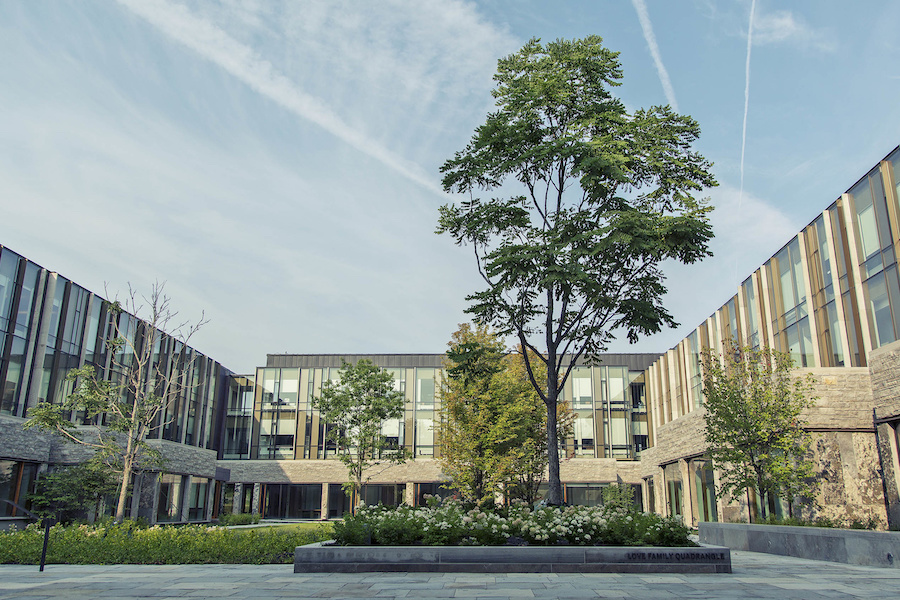
Gold LEED Highlights
- Building materials harvested from renewable sources
- Water-efficient washroom features
- Daylighting in occupied spaces
- Renewable energy sources
- Environmentally-friendly cleaning products
- Access to alternative transportation methods

